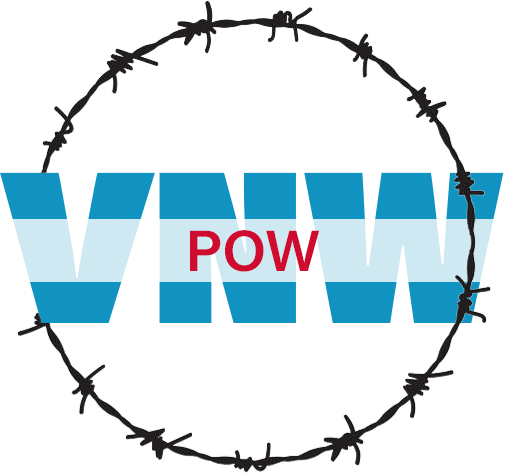James Yoshikazu Nagahiro was born in 1932 in Honolulu, Hawaii. He attended Mid-Pacific Institute and after two years at the University of Hawaii, he enlisted in the U.S. Air Force and was selected for the Aviation Cadet Program in 1953. Nagahiro served as B-52 pilot and instructor pilot with the 325th Bomb Squadron at Fairchild AFB, Washington, from August 1971 until he was forced to eject over North Vietnam and was taken as a Prisoner of War.
In 1972 America was in its seventh year of war against North Vietnam. President Richard Nixon called on the USAF in December to implement a new war strategy that came to be known as Operation LINEBACKER II. The operation employed U.S. air power to strategically bomb major enemy targets like radio stations, railroads, power plants, and airfields in Hanoi and Haiphong, Vietnam.
On Dec. 21, Nagahiro was making his second run through the North Vietnamese boarders amidst a swarm of surface-to-air missiles and Russian-built fighter aircraft. His crew was on its first mission to Hanoi. Serving as one of several bombers from Fairchild AFB deployed to Anderson AFB, Guam, they flew a modified B-52G model (58- 0198) under the call sign Olive-1.
During the predawn raid on a target near Hanoi, the six-member crew from the 92d Bombardment Wing and a staff officer, from the 72d Strategic Wing, completed its bomb run and began the departure turn. Just into the turn, the plane was struck by “one, maybe two,” SAMs.
For eyewitnesses in the following aircraft, the scenario was brief and grim: “an instantaneous fireball resulted…no parachutes were seen; no voice transmissions were heard.”
The crew was listed as missing in action and the report relayed to Fairchild stated to notify next of kin. In reality, Capt. Lynn Beens was the first from the group to eject. He remembered seeing Maj. Edward Johnson “ready to do the same on his way out.”





